April 26, 2024 | 03:56 GMT +7
April 26, 2024 | 03:56 GMT +7
Hotline: 0913.378.918
April 26, 2024 | 03:56 GMT +7
Hotline: 0913.378.918
As recorded in the communes of Hong Chau, Lien Chau ... (Yen Lac, Vinh Phuc), maize biomass of the winter crop of 2020 has basically harvested. Maize biomass grown on rice land has been being urgently harvested, to free up the soil and to readily deepen the fields to grow the rice of the winter-spring crop of 2020-2021. Due to stability in productivity as well as selling price at a relatively high level, farmers are excited to start planting corn in the first crop of 2021.

The yield of biomass corn is estimated between 30 tons and 34 tons/ha, the current selling price is from VND 20 million to VND 26 million/ha. Photo: Trung Quan.
According to Mr. Bui Van Truong, in Kim Lan village, Hong Chau commune (Yen Lac District), a pioneer in the cultivation of maize biomass in the locality, after being encouraged by Yenlac District Agricultural Extension Station, he took seeds for trial planting, and the results were very positive.
Mr. Truong boldly gathered land from many households that didn’t have the need to produce winter crops to gather them into a large area, which makes it convenient to put machines into cultivation. During the winter crop this year, his family has gathered 20 acres to grow maize biomass.
Mr. Truong shared: The characteristic of biomass maize different from conventional grain maize is that the plant grows fast, the stem and leaves are big, green from the root to the top when harvested. Harvesting time is short, from 65 days to 70 days (20 to 25 days less than conventional grain corn varieties). Therefore, maize biomass can be planted 4 crops/year (conventional maize can only grow from 2 to 3 crops/year).
In the winter crop of 2020, Mr. Truong said that the productivity of the grown land area for biomass-specific maize is estimated at between 30 tons and 34 tons /ha (biomass collection of conventional grain maize is between 22 tons and 26 tons/ha). After deducting the current selling price of between VND 20 million and VND 26 million/ha with production costs, the remaining profit is about from VND 8 million to VND 10 million/ha. In this winter crop alone, with a total area of nearly 20 acres of growing maize biomass, Mr. Truong is estimated to earn a profit of VND 100 million.
This winter crop, many households in Hong Chau commune, Yen Lac district (Vinh Phuc province) also decided to switch from planting conventional grain corn to maize biomass.
Ms. Tinh, a household with 0.3 ha of planting maize biomass, happily said: The prolonged deep freeze weather made many grass growing areas dead or slowly developed. Therefore, the source of green raw forage for cattle, especially dairy cows and beef cows in the area this year is scarce than every year.
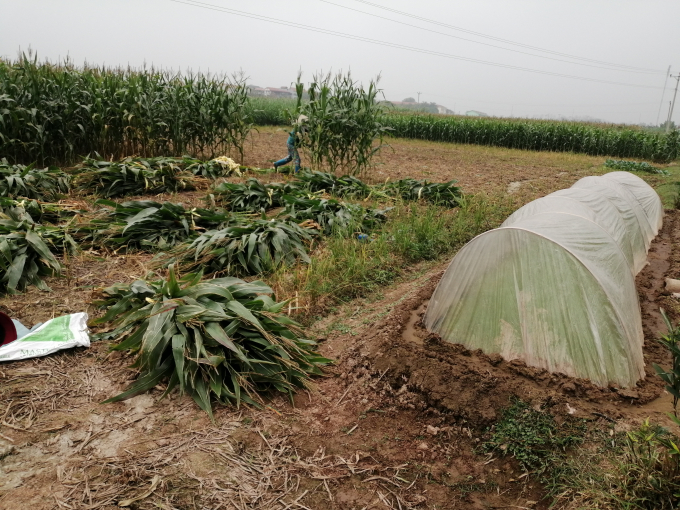
People urgently harvest maize biomass on rice fields, to free up the soil and to readily deepen the fields to grow the rice of the winter-spring crop of 2020-2021. Photo: Trung Quan.
Therefore, in recent years, up to 90% of people in the region, instead of planting grain corn, have switched to early harvest to sell maize biomass. Especially, maize varieties specializing in biomass, with big and green stems, and high nutritional content, are very popular among breeders as well as businesses. The planted areas of these types are all purchased at relatively high prices.
“Growing maize for seed normally takes a lot of care and harvesting, but the selling price has wildly fluctuated. Meanwhile, the selling price of maize biomass is very stable between crops in the year, from VND 16 million to VND 26 million/ ha, better fields will have higher prices”, said Ms. Tinh.
Mr. Truong Van Chuc, Kim Lan Agricultural Service Cooperative Group (Hong Chau Commune) shared: The group’s total area of 3 ha of maize biomass cultivation in the Winter of 2020 has been almost harvested. Except for a small area that has been paid by traders to buy but not yet harvested, the remaining area has been cleared, and farmers are starting to cultivate the next corn crop.
According to him, the purchase of both stalks and corns for livestock forage not only ensures the high nutritional content of the plant that makes the buffalo and cows preferred but also helps to make the fields cleaner, helps to eliminate the situation where stalks have not been sold out after harvesting must be cut off and left indiscriminately along roads.
Mr. Vu Van Han, Vice Chairman of Hong Chau Commune said: In the winter crop of 2020, the total maize area of the commune is 297 ha, of which 100 ha is maize biomass. The economic efficiency of maize biomass is higher than that of conventional grain maize, contributing to increase people's income and improve their lives.

Maize growers in Vinh Phuc have finished harvesting the maize biomass in the winter crop of 2020, have been starting planting maize in January 2021. Photo: Trung Quan.
However, in order to form a large concentration area of maize biomass to bring mechanization into production, the current difficulty is to reach a common agreement of many households. Meanwhile, people still have the habit of producing spontaneously when each household often buys the same varieties and sells maize to different traders ... These problems cause great difficulties in ensuring the stability of raw material areas to invite businesses to invest and consume products.
In addition, when the consumption capacity is not clear, the expansion of the area of maize biomass can cause mass production, leading to a surplus and imbalance in food security within the commune. Therefore, farmers should be trained techniques, plant according to instructions, strictly follow the requirements of the consumers to ensure stable output.
Mr. Le Quang Minh, an officer of Yen Lac District Agricultural Extension Station, said that the initial results of planting maize biomass on the local land were very positive. If well cared for, the maximum yield of one hectare of maize biomass can be up to 36 tons and 40 tons.
Strong growth of maize biomass helps growers reduce lots of labor and care costs, short harvest times facilitate the increase of crops in the year, suitable for the idle land area between two rice crops..
In the coming time, the District Department of Agriculture and the Agricultural Extension Station will actively support maize growers in the provision of seeds, open technical training courses to help farmer understand and master farming methods and the economic benefits of growing maize.
The district will create favorable conditions for people to consolidate and exchange land, forming a concentrated production area, creating a basis for strong development of cattle hepe, and so on.
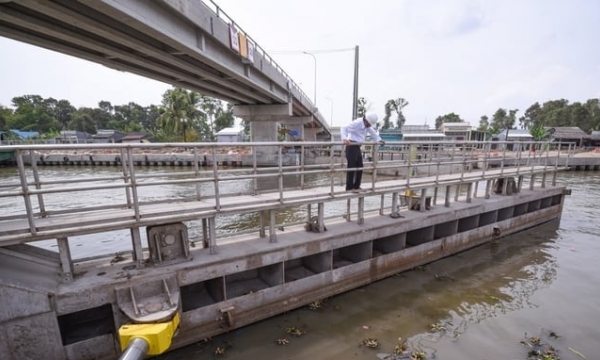
(VAN) Since its inception, the Ninh Quoi sluice gate in Bac Lieu province has significantly benefited the four Mekong Delta provinces during two severe dry seasons.
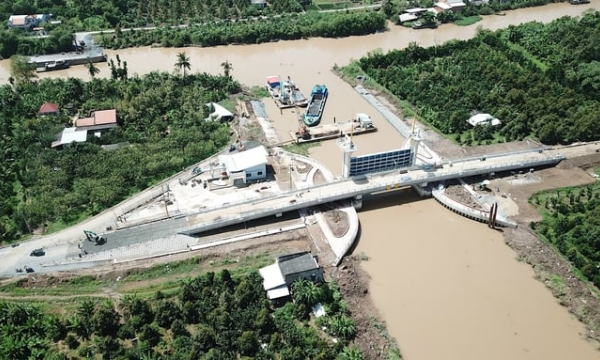
(VAN) During the dry season of 2024, the freshwater and saltwater control sluice projects invested in by the MARD in Ben Tre have significantly contributed to mitigating the impact of natural disasters in the region.
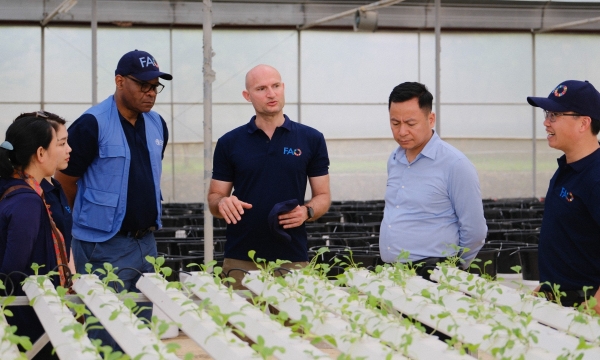
(VAN) The 'Smart Agriculture for the Future Generations' project is aiding 34 households in Moc Chau to renovate and optimize 35,420 square meters of greenhouse space.
/2024/04/23/2007-cover-nongnghiep-132002.jpg)
(VAN) 10 businesses linking with cooperatives and farmers in the provinces of An Giang, Dong Thap, and Kien Giang will be supported to produce low-emission rice on an area of 200,000 hectares.
/2024/04/23/4131-1-083340_987.jpg)
(VAN) On April 22, the Department of Crop Production coordinated with IRRI to organize a consultation workshop to evaluate and develop a digital data platform for effective management of rice production.
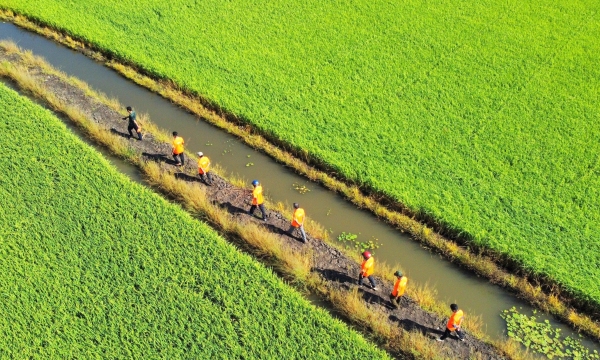
(VAN) SunRice Group is encouraging Mekong Delta farmers to implement sustainable rice farming techniques and set goals to reduce carbon emission to 0 throughout its value chain by 2050.
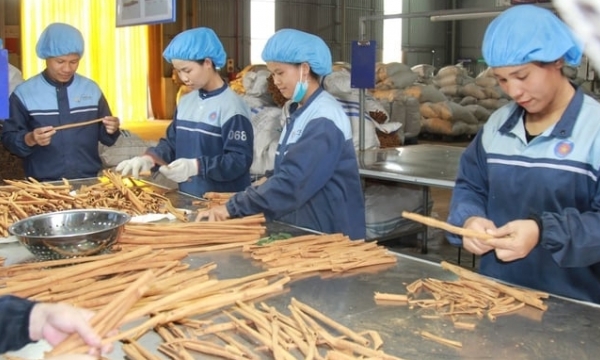
(VAN) Businesses and farmers have closely collaborated to develop organic cinnamon production area, with investments in high-tech deep processing factories for export.